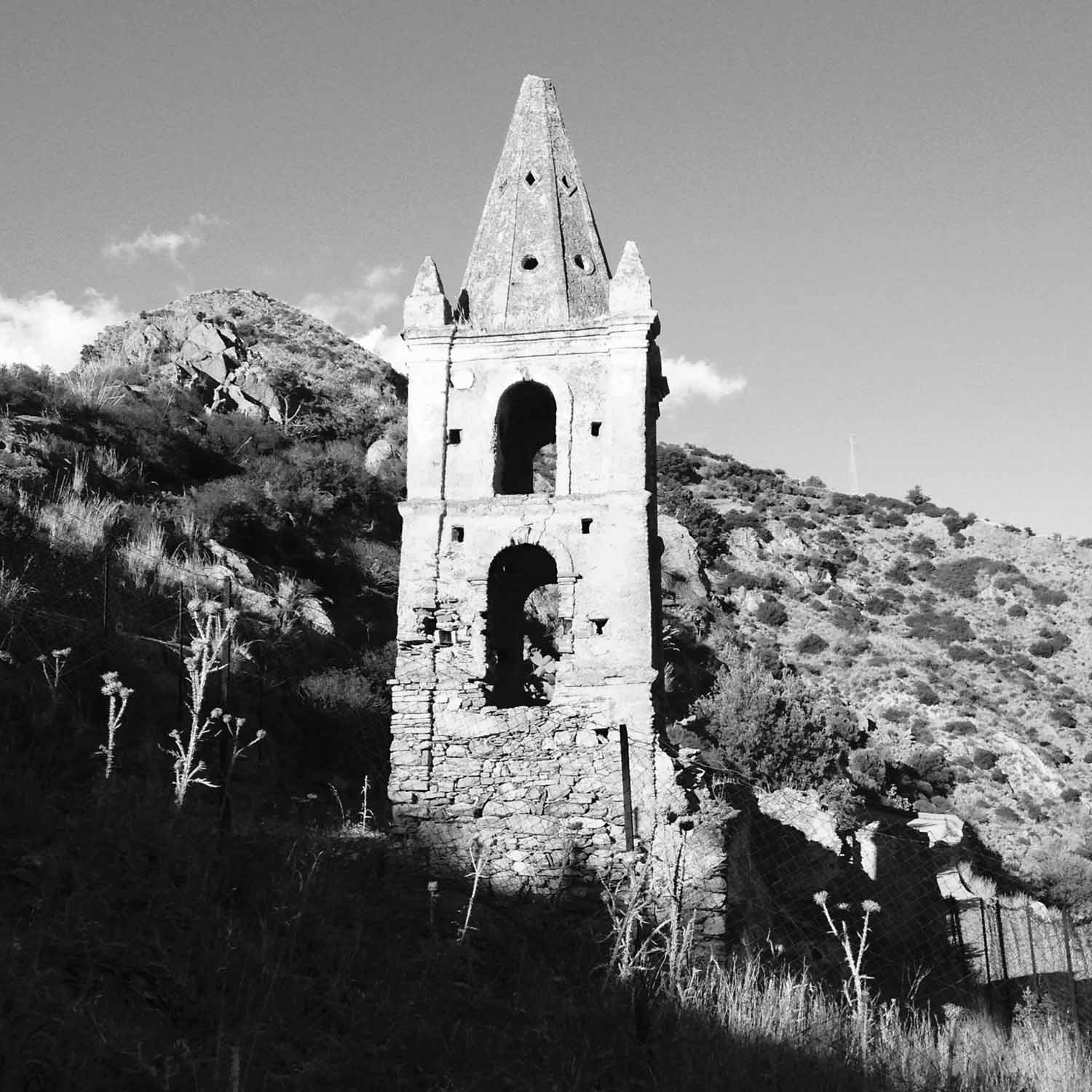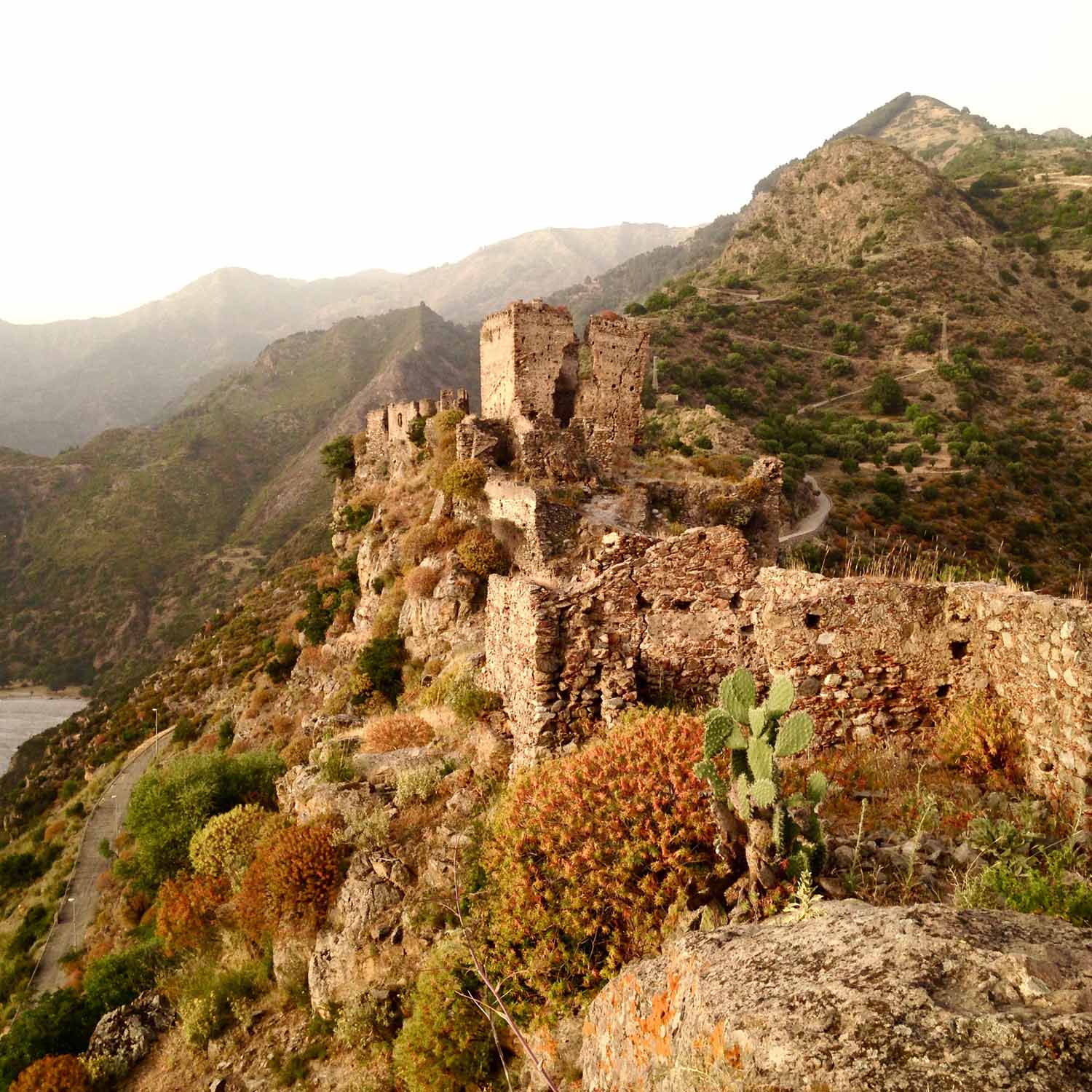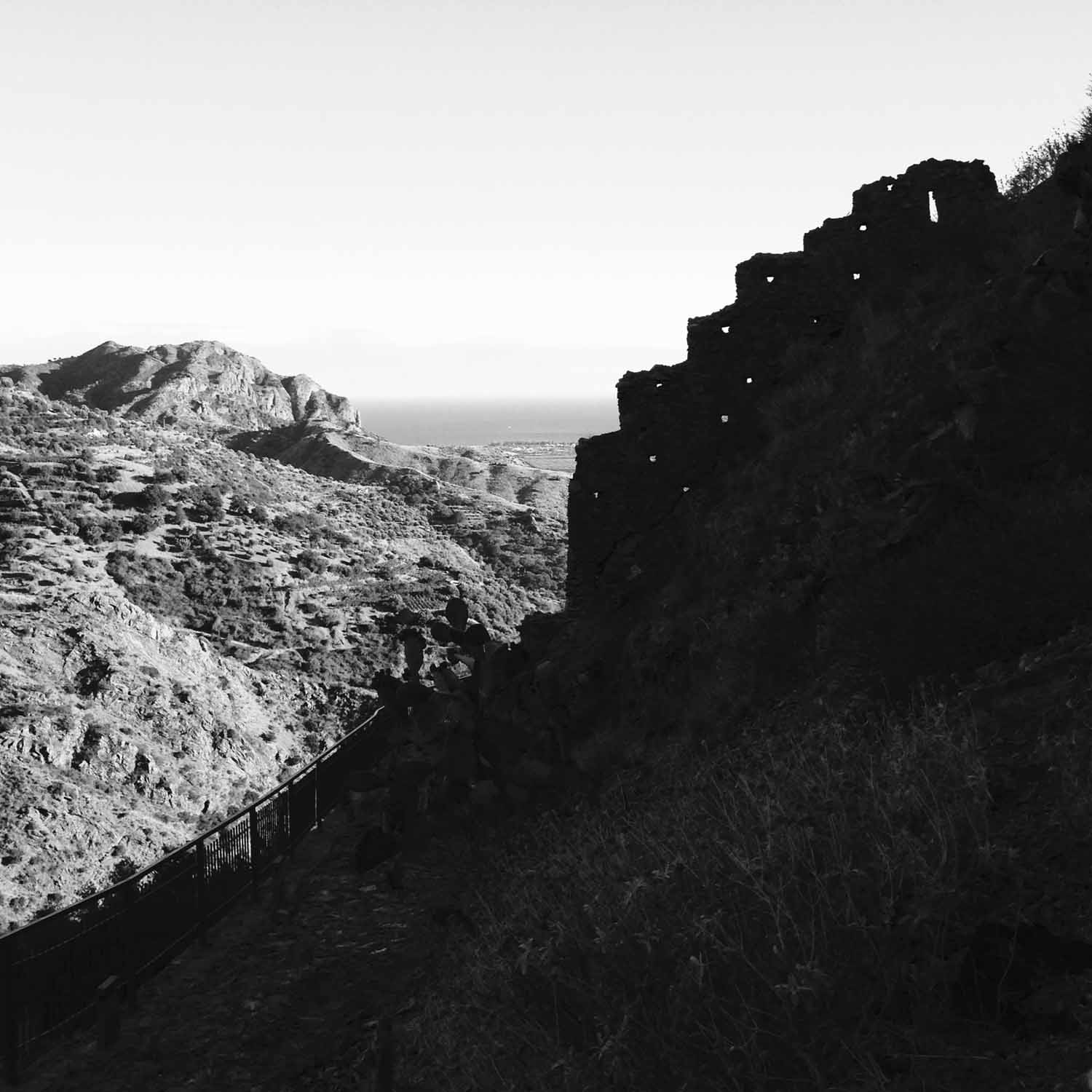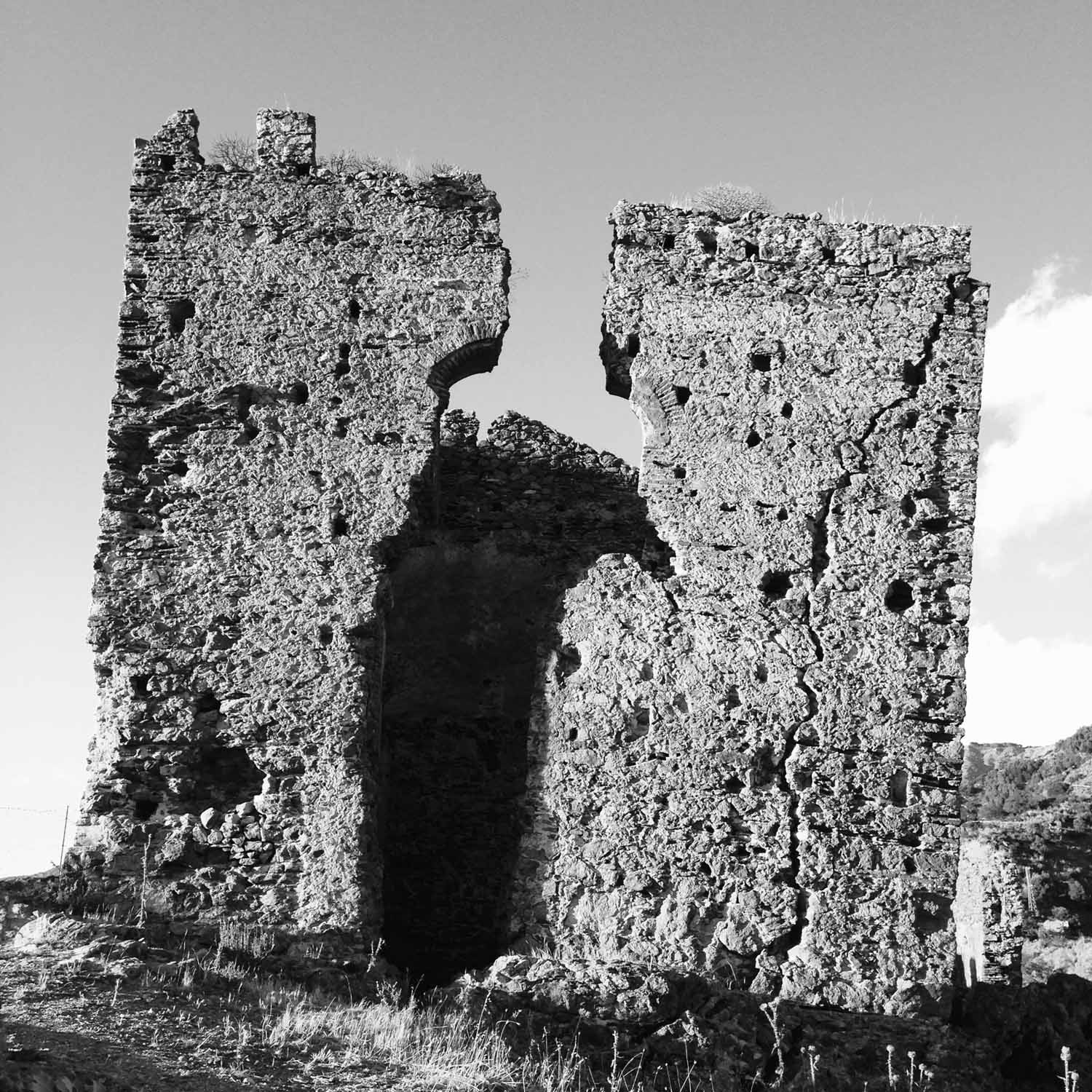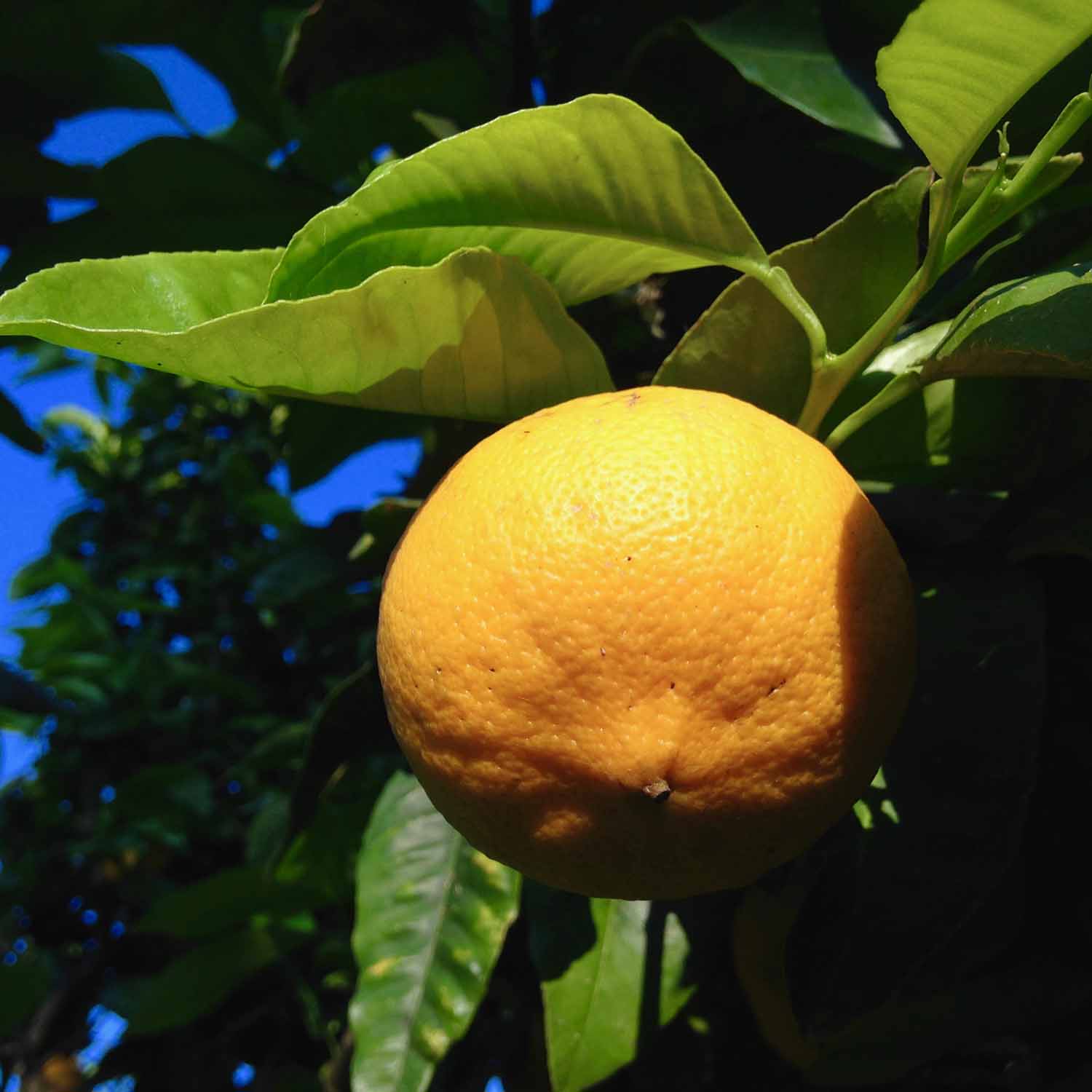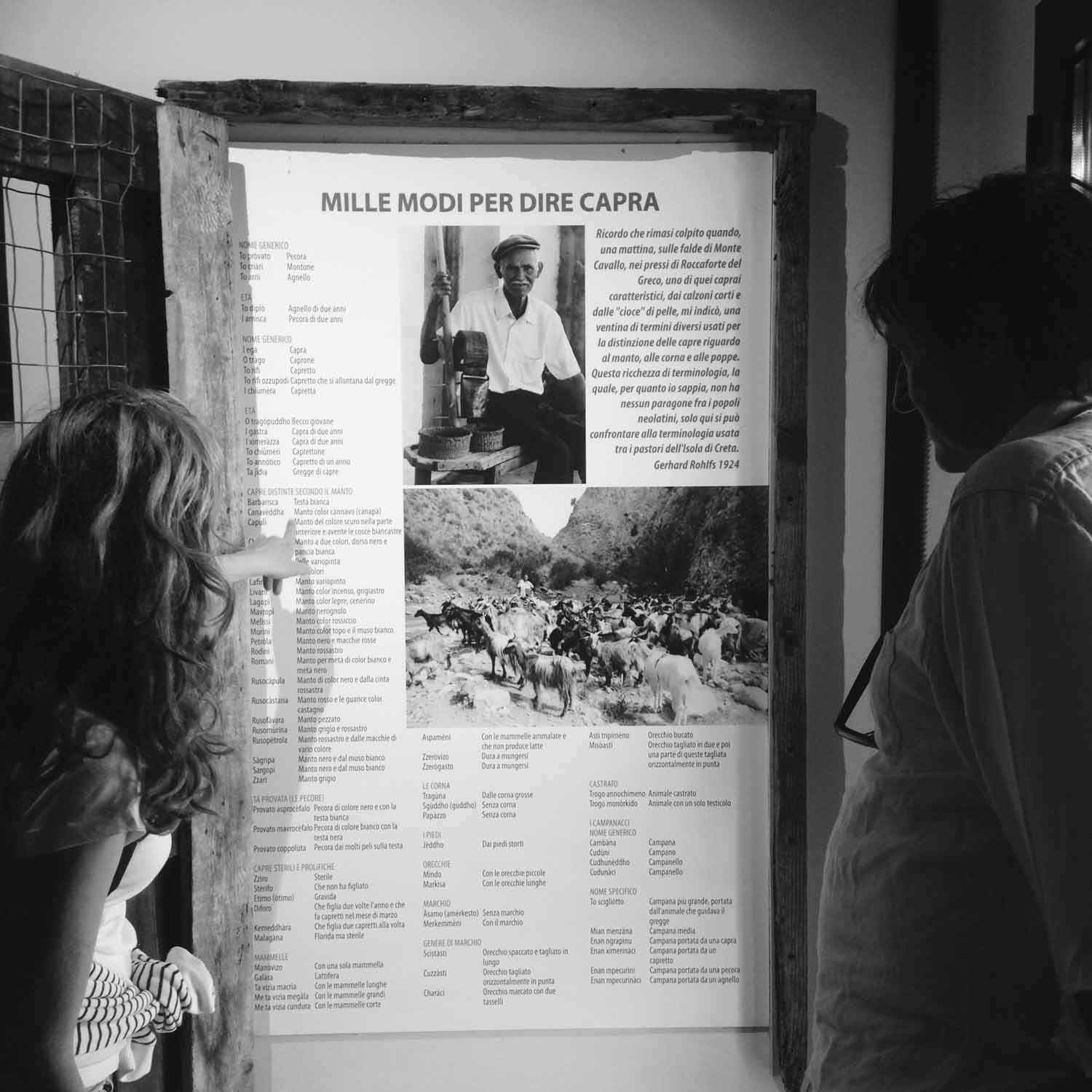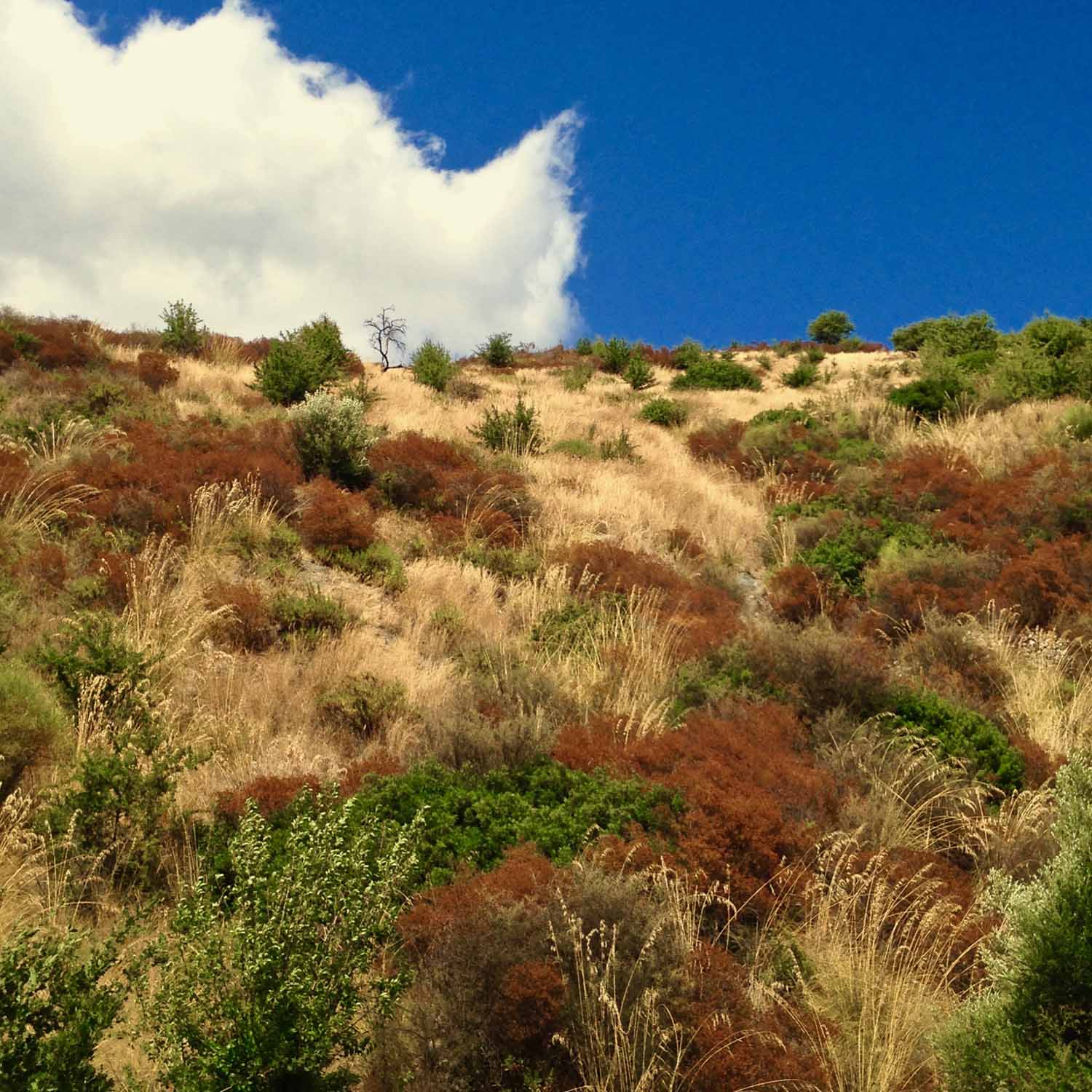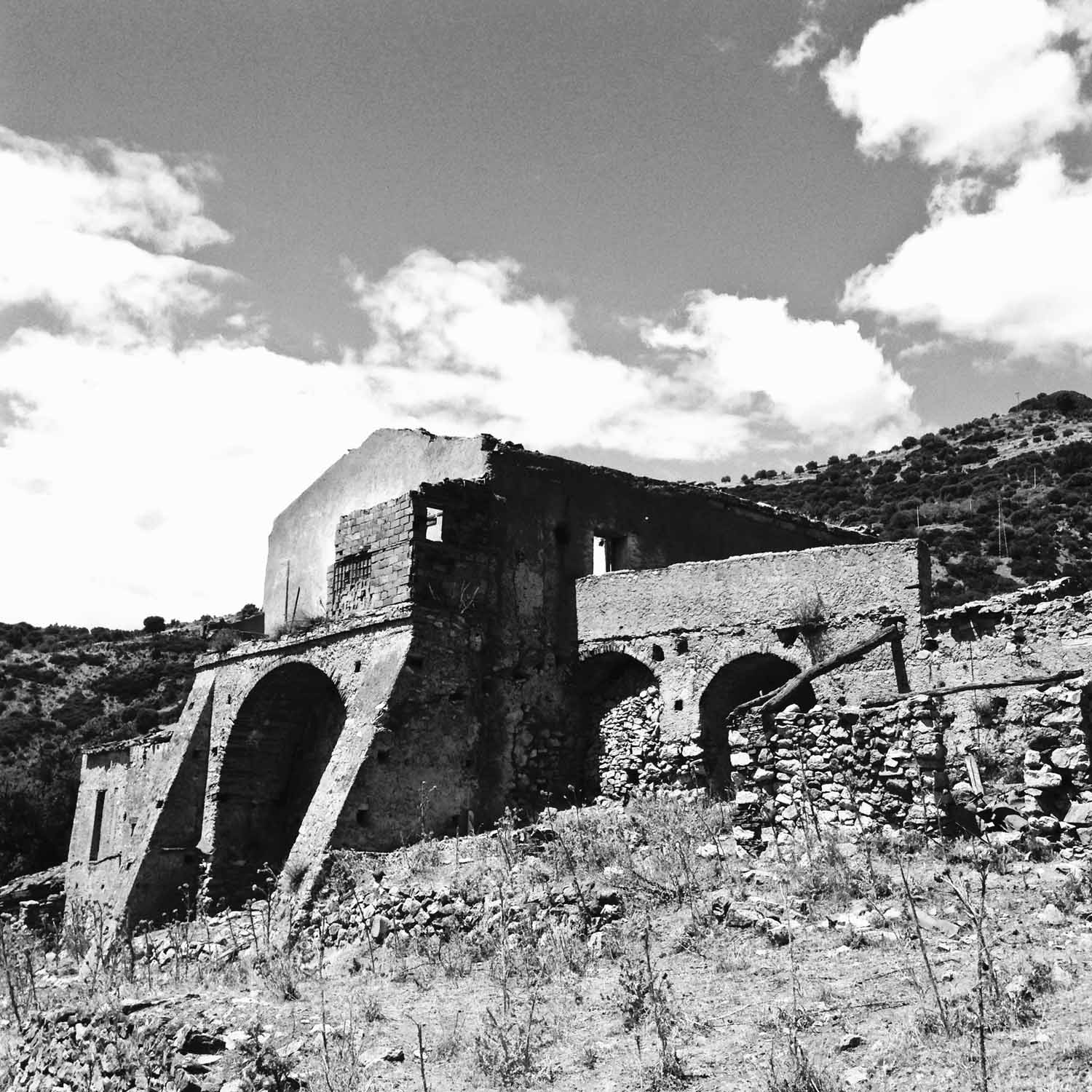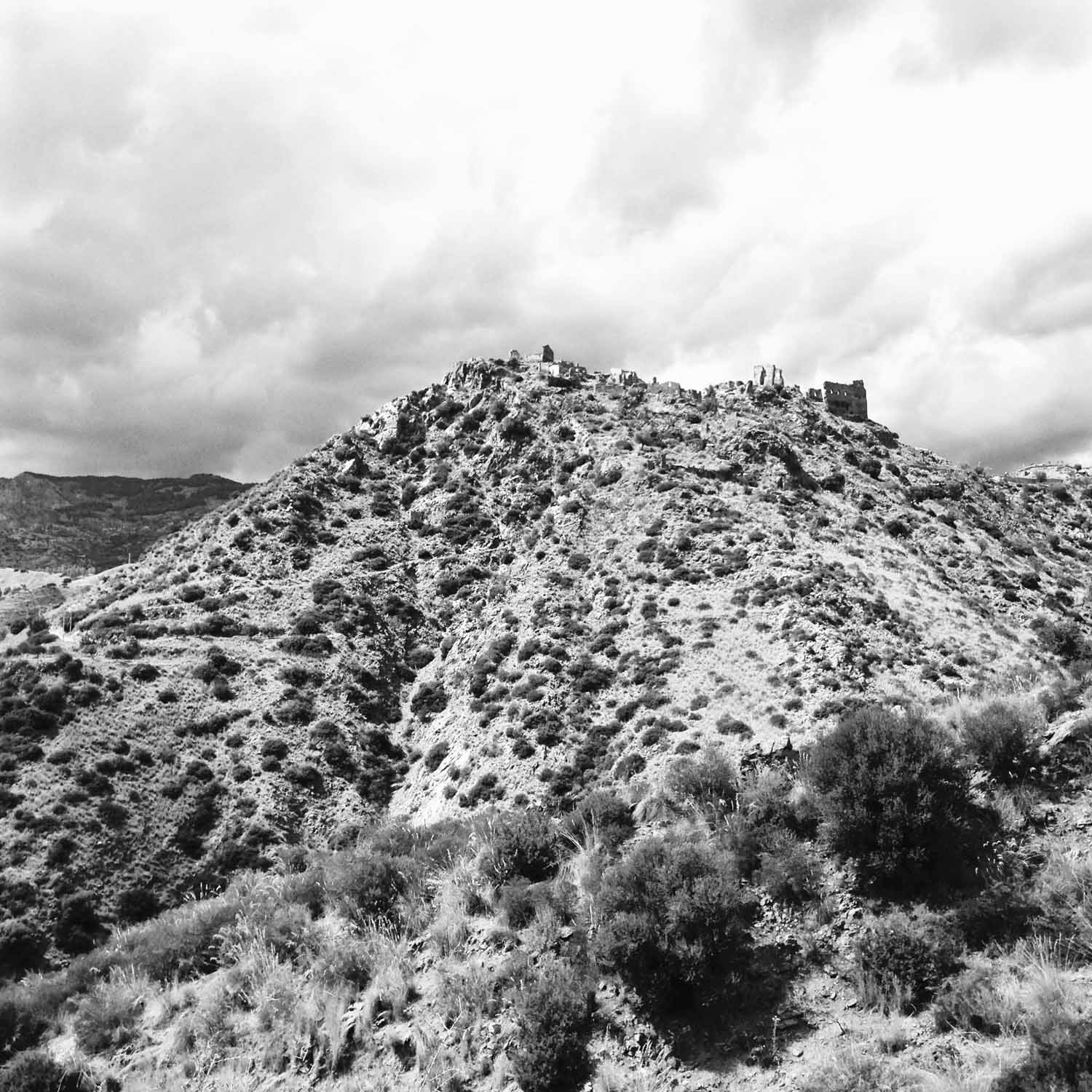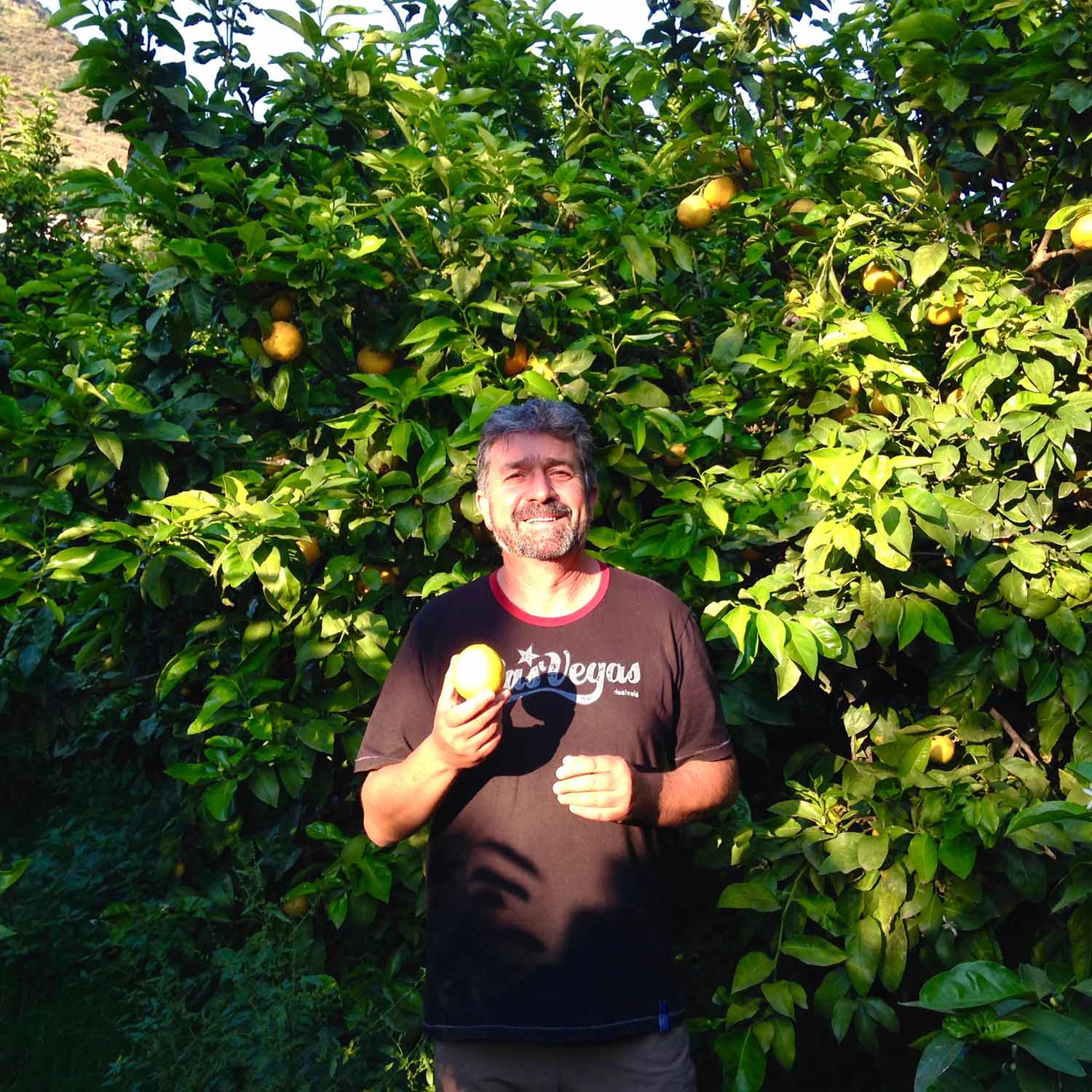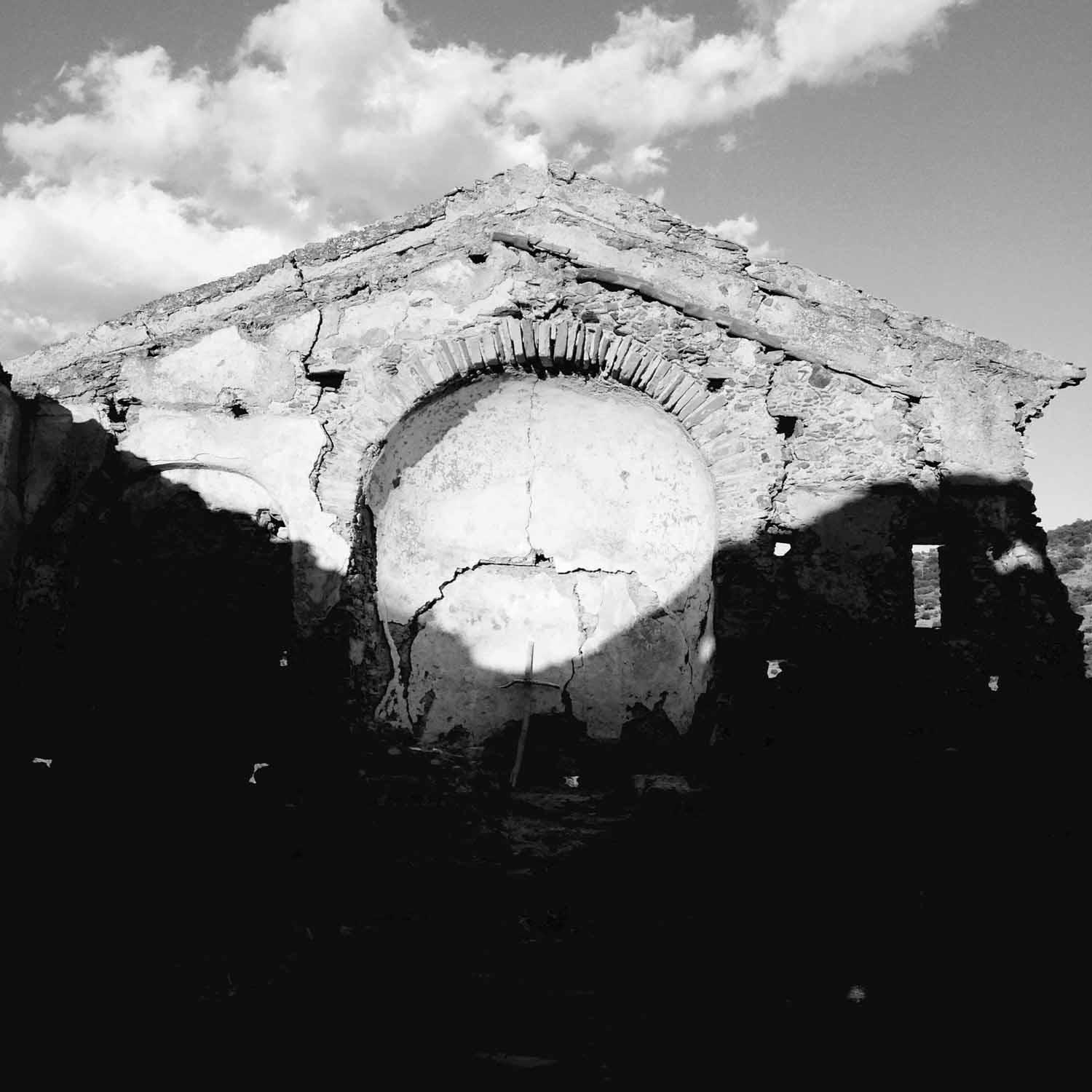For Whom the Goat Bell Tolls
[Day 3]
by Rudston Steward
alabrians have about as many words for goat as the Inuit—according to that popular urban legend, whose veracity I have not yet had the opportunity to ascertain in person, on Baffin Island, say, or in northern Siberia—have for snow. There’s a poster in the museum in Bova, the capital of Calabria’s Aspromonte Grecanica region, listing dozens of goaty Greco-Calabrian terms, and to my untrained ear they sound like invocations: O tragopuddho (a young billy goat); to rifi ozzopodi (a young goat that gets separated from the flock); asti tripimeno (a goat with a hole in its ear). A goat bell can be either a cambana, cuduni, cudhuneddho or cudunaci; not to be confused with enan ximerinaci (a bell worn by a small goat) or, god forbid, enan mpecurinaci—a bell worn by a lamb.
There are parts of Calabria that feel as far removed from the hugger-mugger of modern life as an Arctic ice floe. On Day 3 of our Aspromonte Safari we walk from the town of Bova, up on its hill, to the hamlet of Amendolea, a cluster of houses strung out along its eponymous river (called a fiumara) far below. The fiumara is a broad boulevard of bone-white boulders, curling and cornering from the high Aspromonte mountains all the way to the Ionian Sea. For most of the year it runs almost dry, but occasionally swells with winter flooding, frothing riverine thunder as the boulders rumble and roil downstream.
THERE ARE PARTS OF CALABRIA THAT FEEL AS FAR REMOVED FROM THE HUGGER-MUGGER OF MODERN LIFE AS AN ARCTIC ICE FLOE
We never see people on the walk to Amendolea, but there are goats aplenty, an occasional raptor, and sometimes cows. Once we came across a dead sheep strung up in a tree by a local farmer, apparently to keep it from the wolves. Halfway down the hill we stop for lunch at an abandoned monastery, where the goats inevitably try to hustle a share of our panini. So I come prepared to defend our picnic with impassioned Greco-Calabrian invocations—having memorized a few key phrases in the museum. Needless to say, in the manner of unflappable Calabrian goats, they ignore this wannabe goatherd completely.
In Amendolea we stay at Ugo’s Agriturismo, lording it from his shady terrace over the lush citrus groves laid out along the fiumara below. Ugo is a master-craftsman, the bergamot-whisperer: bergamot is the most valuable and sought-after citrus in the world, and grows only along this narrow coastal strip of southern Calabria and bits of Sicily across the strait. Its essential oil is a key secret ingredient in perfumes and fragrances, which means that major global perfume houses often come a knockin’ at Ugo’s door. To gain access they must first pass muster with Pasqualino—Ugo’s formidable donkey. And he can be very picky.
Before settling down to the leisurely Calabrian feast Ugo lays out on the terrace for our dinner, we first work up a commensurate appetite by climbing the hill behind town, up to the ruins of Amendolea’s castle. Built in the 11th Century to defend the border between the territories of Reggio Calabria and Locri, the castle was abandoned after the devastating earthquake of 1783. The surrounding hamlet, on a plateau below the ramparts, was inhabited right up until the catastrophic floods of 1953.
ONE IS FOREVER SUSPENDED BETWEEN BEAUTY AND RUINS, MYSTERY AND DECAY, WHILE LIFE FLOWS ON UNFLAPPABLE AS A FIUMARA
Today the ruins are the domain of goats and occasional madcap travellers who’ve somehow stumbled upon this fascinating forgotten corner of Italy. The tinkle of cambanas and cudhuneddhos provides a bucolic soundtrack as the sun sets behind the Aspromonte foothills sloping away towards the Ionian coast. The impassive goats don’t seem at all troubled by the stunning views as they graze between collapsed walls and cracked facades. In bergamot-infused southern Calabria one is forever suspended between beauty and ruins, mystery and decay, while life flows on unflappable as a fiumara.

